8 Non-Digital Remote Learning Ideas
A Principal's Reflections
MARCH 24, 2020
Before our eyes, we are watching districts and schools valiantly roll out remote learning plans to support all students during extended closures. Scaffolded questions and tasks : Piling on low-level questions that are recall and knowledge-based don’t constitute learning. I cannot commend their efforts enough.




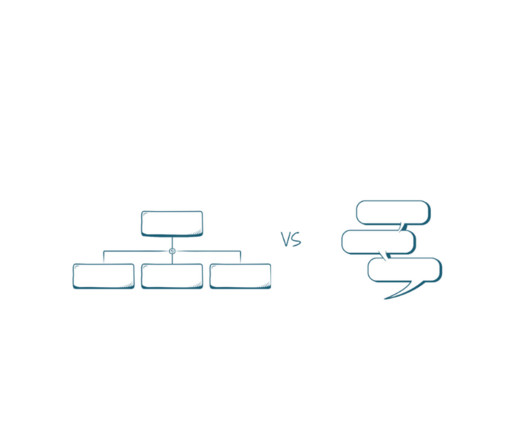






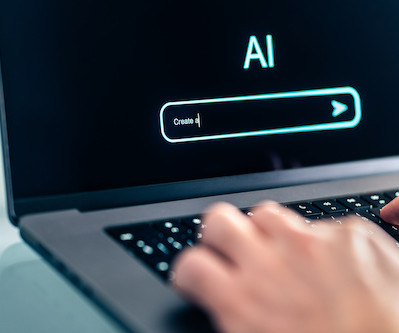



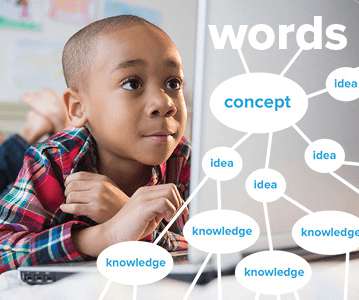
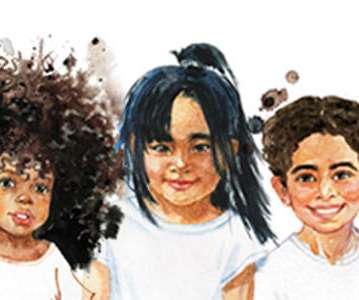
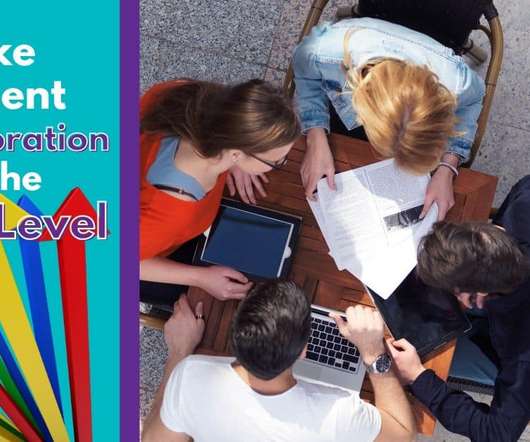
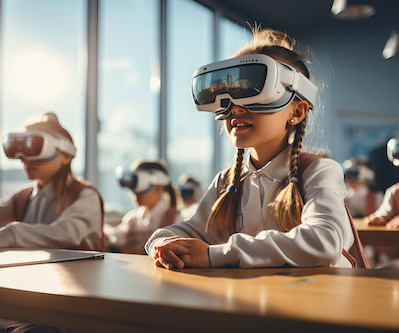











Let's personalize your content